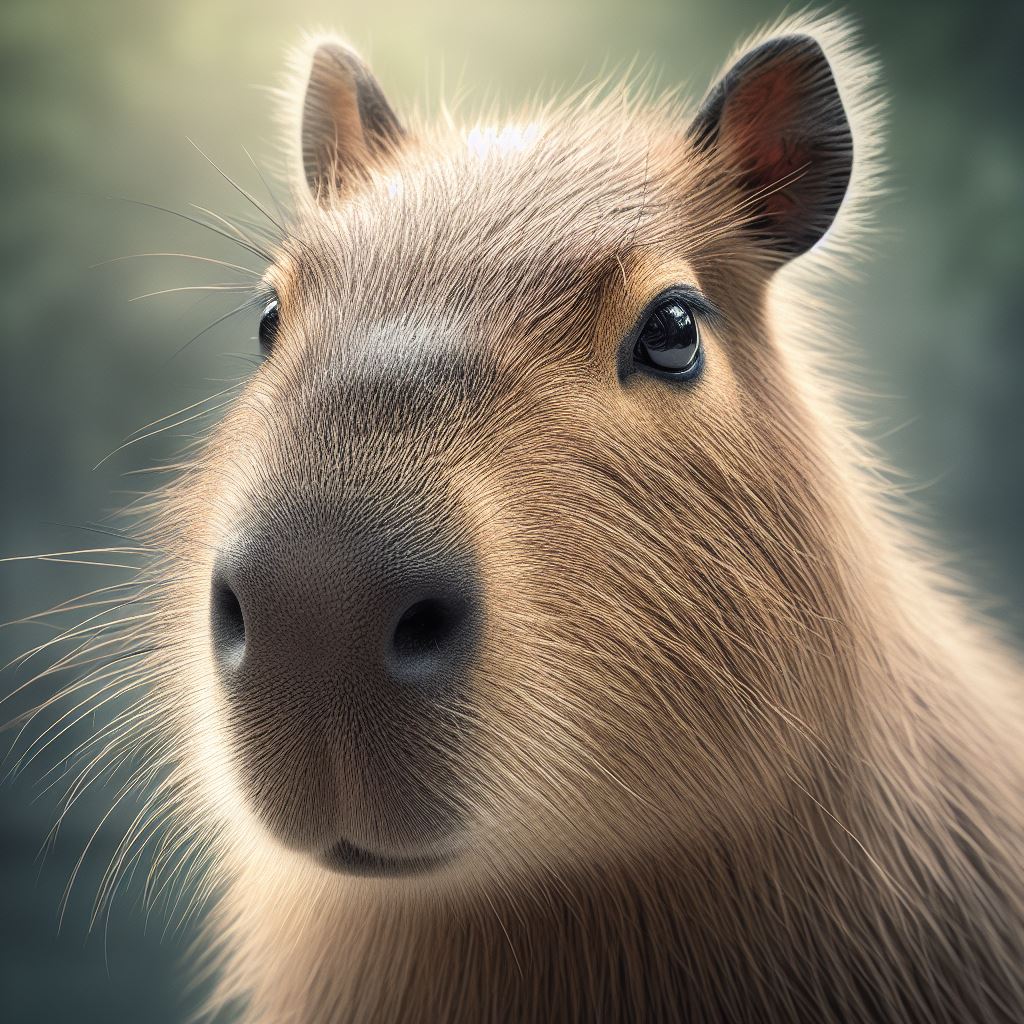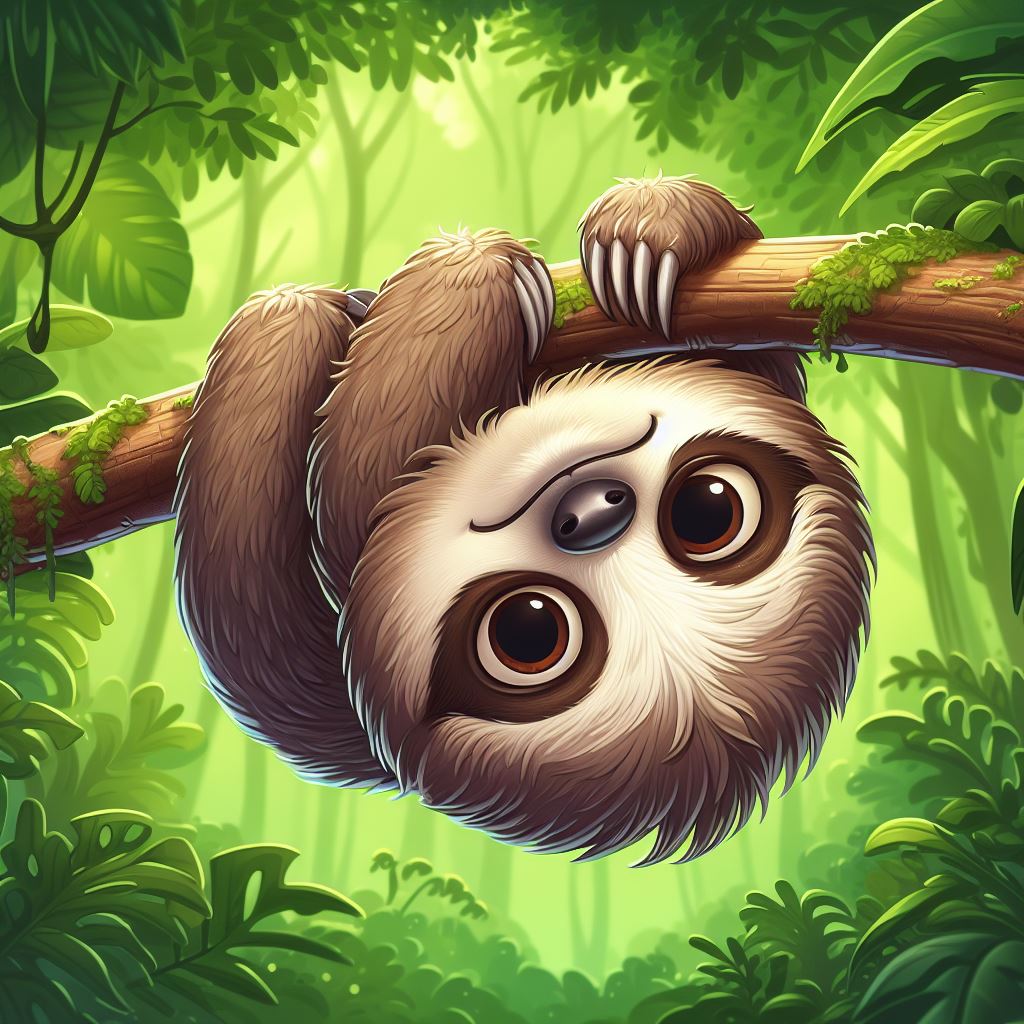Fun Facts About Red Pandas are waiting to be uncovered! Did you know these adorable creatures have special adaptations like false thumbs and toilet claws? Get ready to be amazed by these 10 fascinating secrets you never knew about red pandas.
Introduction
With their adorable rounded ears, fuzzy red coats and love of climbing trees, red pandas have become internet sensations. But there’s a lot more to these unique animals than just cute videos. Here are 10 fascinating facts you probably didn’t know about red pandas.
This article will uncover surprising details about everything from their diet and habitats to how they raise their young. Read on to learn more about these endearing creatures and their many remarkable adaptations!
They Are Their Own Species
Though called a panda, red pandas are not closely related to their black and white, bamboo-chomping relatives, giant pandas. In fact, red pandas are the only living members of the Ailuridae family. Their closest relatives are actually raccoons, skunks and weasels in the Procyonidae family.
Red pandas split evolutionarily from the giant panda line over 40 million years ago. The giant panda is in the Ursidae family along with bears. Though both red and giant pandas have a similar bamboo diet and forest habitat, red pandas remain in their own separate scientific classification.
Genetic studies show red pandas share an ancestor with raccoons from around 20-40 million years ago. So while giant pandas are bears, red pandas belong to an entirely different branch of mammals. Their unique characteristics and evolutionary history make red pandas fascinating creatures.
Red Pandas Have a “False Thumb”
One of the red panda’s most distinctive physical features is an extra “finger” on their front paws. This is not actually a full thumb, but rather an extended wrist bone called the radial sesamoid bone. The radial sesamoid acts like an opposable thumb, able to rotate around and grasp objects.
This “false thumb” helps red pandas grip bamboo stalks and tree branches, making them agile climbers. They can angle their false thumbs towards each other for even better grasping power. The extra “finger” also aids with holding food items like fruit and eggs.
Red pandas even use their false thumb for grooming, which is why it is sometimes called the “toilet claw” (more on that later). The highly mobile pseudo-thumb provides excellent dexterity to accomplish climbing, feeding, and cleaning tasks.
They Mainly Eat Bamboo
Like giant pandas, bamboo makes up the bulk of a red panda’s diet. They get up to 85% of their daily nutrition from different bamboo species. Red pandas prefer the tender young shoots, leaves and stems over the tougher bamboo stalks.
With powerful jaws and shearing teeth, red pandas are well-adapted to crunching through the fibrous bamboo plant. They use their false thumbs to tightly grasp stalks when eating. Red pandas in captivity can consume over 200,000 bamboo leaves per day!
To supplement their bamboo diet, red pandas also eat fruits (especially berries), acorns, roots, eggs and small lizards or insects. Their ability to obtain nutrients from bamboo is essential to surviving the high altitude forests of the Himalayas.
Red Pandas Are Shy and Solitary
In the temperate forest habitats of the eastern Himalayas, red pandas lead mostly solitary lives and are difficult to spot in the wild. They are crepuscular, meaning most active at dawn and dusk. Red pandas spend much of the day sleeping in trees rather than roaming around.
Except during mating season, red pandas prefer to be on their own when foraging for food or defending territory. Though generally quiet, they communicate with squeaks, chirps and chips. Red pandas reserve their loud roars and barks for alarmed situations.
Red pandas are shy and reclusive by nature. Their solitary personality and camouflaging rust-colored fur helps them blend into the forest unseen. Seeing a red panda in the wild is a rare treat even for experienced hikers and wildlife researchers. Their elusive nature adds to the mystique of these unusual creatures.
They Sleep in Trees
Red pandas spend so much time in trees, they even sleep up there. By resting on high branches, red pandas keep safe from potential predators on the forest floor like jackals, martens and leopards.
They nap in old nests of birds or squirrels, as well as in tree hollows and crotches between branches. Researchers have observed red pandas sleeping as high as 30 feet up in the trees’ dense canopies.
Tree-sleeping offers protection, but also allows red pandas to survey their domain. With excellent eyesight, they can spot threats and food sources from their lofty lookouts. Red pandas will occasionally rest on the ground, but prefer the security of towering trees.
Slow Metabolism Helps Conserve Energy
Red pandas have adapted to their limited, seasonal food sources in the mountains by developing an extremely low metabolism. This enables them to lower their body temperature and heart rate during cold weather or times of scarcity.
By entering a temporary state of torpor and lowered energy usage, red pandas can drastically reduce their caloric needs. Their slow lifestyle helps compensate for their nutrient-poor diet. This metabolic flexibility gives red pandas resilience in harsh conditions.
A red panda’s body temperature averages around 100°F while active. But during dormant periods, it can drop as low as 63°F, similar to a hibernating bear. This remarkable adaptation allows red pandas to conserve energy and survive their challenging habitat.
Red Pandas “Taste” with Their Paws
Red pandas have an excellent sense of smell, sight and hearing just like other wildlife. But they also have another unusual way to gather information – through taste receptors on their paws. The bottom of red pandas’ paws have specialized sweat glands.
These sweat glands contain taste bud-like sensors that sample flavors. When a red panda encounters an unknown plant, it will lick its paws after touching the vegetation. If it has an unpleasant or bitter taste, the red panda knows to avoid eating that plant.
This taste-testing gives red pandas more knowledge about their environment. Much like cats, they receive chemical cues through licking their paws. The panda’s facial expression after licking will clearly show if the flavor is palatable or toxic.
They Have a Toilet Claw
On the underside of red pandas’ paws is a specialized wrist bone called the radial sesamoid bone. This bone protrudes and functions as a grooming comb, earning it the nickname “toilet claw.”
Red pandas use this built-in grooming tool to keep their coats neat and clean. The comb-like claw rakes through fur to remove dirt and tangles. They also utilize their grooming claw to spread scent from tail glands when marking territory in trees.
By combing and smoothing their fur multiple times a day, red pandas keep their coats looking their best. The toilet claw provides constant self-manicures between sleeping and feeding. It’s one multi-purpose tool every red panda is equipped with!
Cubs Have Fluffy White Fur
Baby red pandas are called cubs or kits. Newborn cubs are quite tiny, weighing just 110-130 grams – less than 5 ounces! They are born blind after a short gestation period around 112-158 days.
At birth, red panda cubs are covered in fluffy, wooly white fur. This helps keep the kits warm while sheltered in dens at high elevations. After about three months, their coats start to take on the distinctive red coloration (though the fur remains lighter than an adult’s).
The white newborn coat also provides camouflage from predators who might spot the dark den openings. Over a period of weeks, the cubs gain strength and better vision as they prepare to leave the den under their mother’s care. The fluffy fur keeps red panda cubs cozy in their crucial early weeks.
Conclusion
Red pandas are such fascinating, unique creatures. Their tree-climbing thumbs, taste-testing paws and toilet claws reveal surprising adaptations. Their behaviors like sleeping aloft and entering torpor show how specialized red pandas are for their niche forest habitat.
Hopefully you now have a deeper appreciation for these adorable animals beyond just viral videos. Red pandas deserve respect and protection for their vulnerable conservation status as shy forest-dwellers. Supporting responsible red panda rescue and breeding programs can help ensure the survival of these captivating creatures.
What fact was most interesting or surprising to you? Red pandas manage to stay mysterious even after decades of study. Share your newfound knowledge and help spread awareness for rare red pandas!





